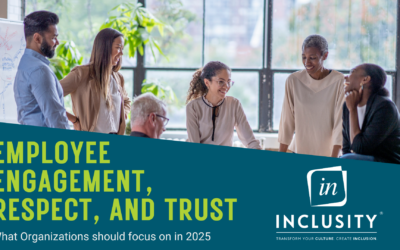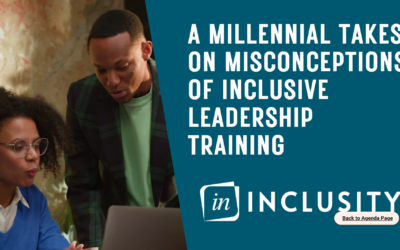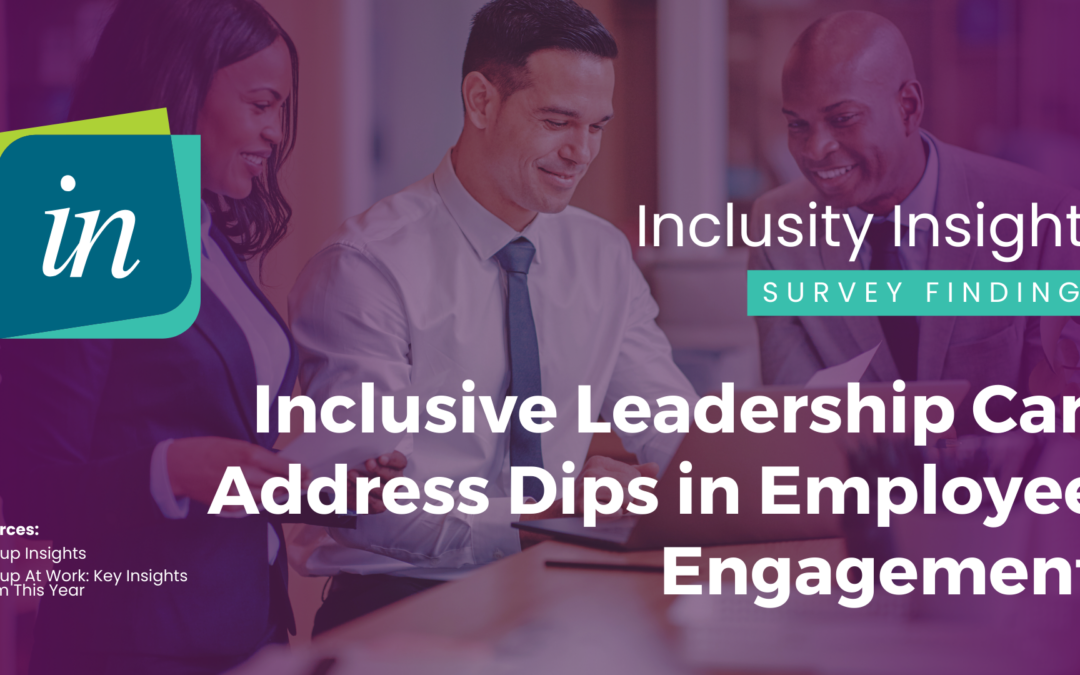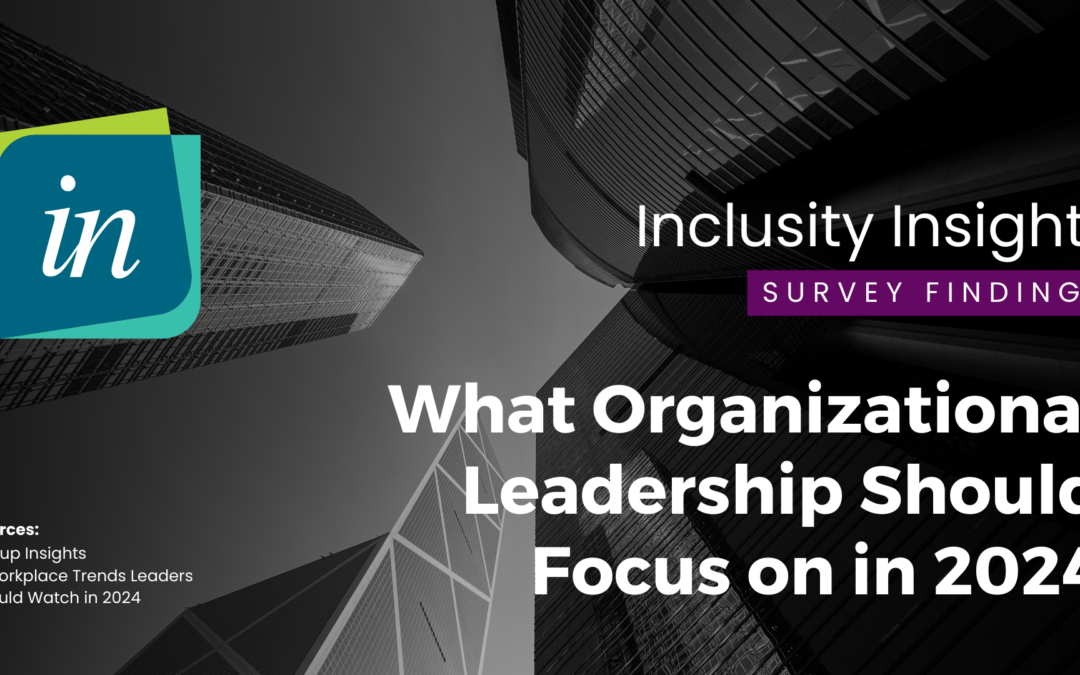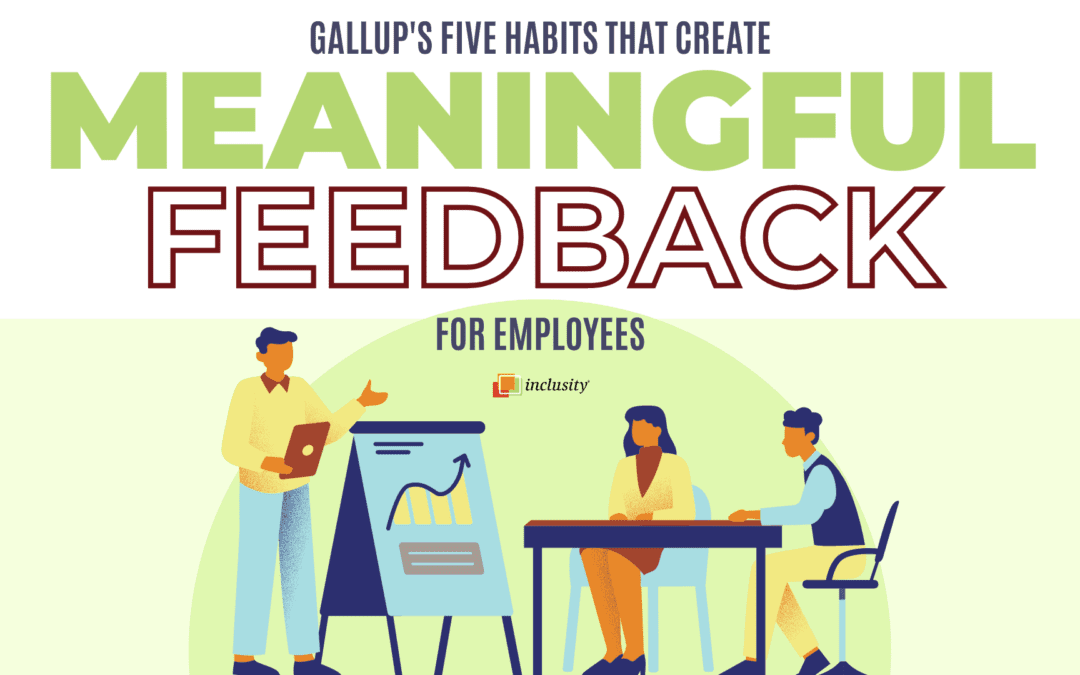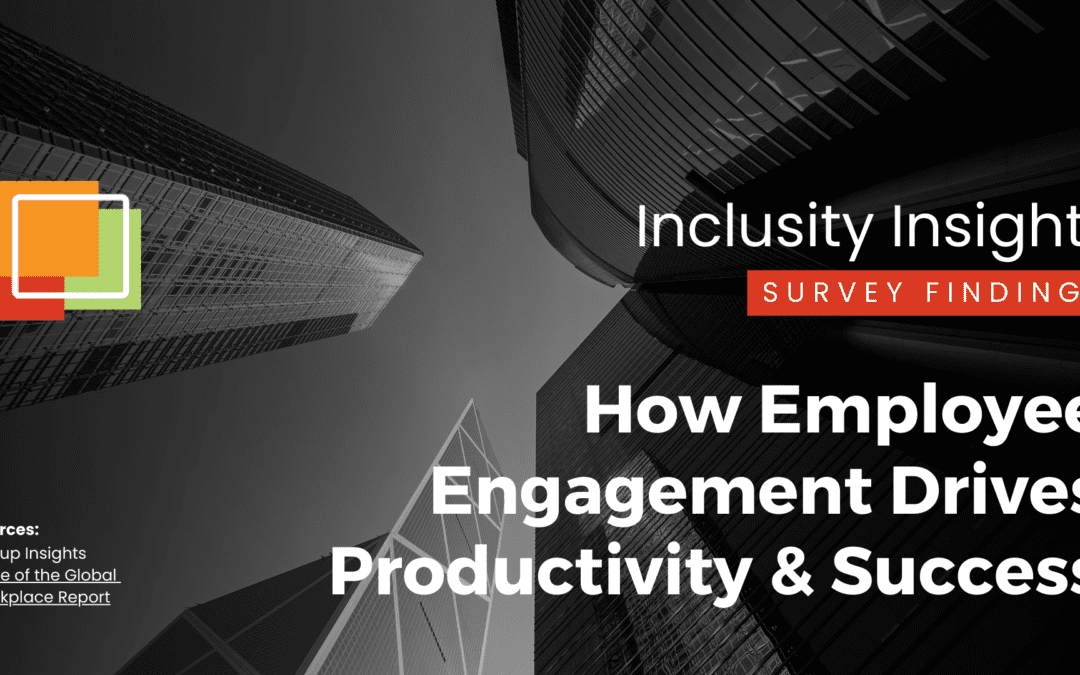For years, I’ve heard that diverse teams are better than homogenous teams. Diverse teams outperform, are smarter, more innovative, and lead to more profitable organizations. Yet, I don’t completely buy it.
This might surprise you; after all, we’re a company focused on inclusion and diversity. But maybe it doesn’t. Because what’s missing from these findings is that it’s an inclusive culture that allows diversity to thrive. Inclusive teams and organizations support the diversity, which then outperforms, is smarter and more innovative, and is more successful.
Diversity for diversity’s sake will never be the answer to creating higher performing teams/organizations. However, if you build an inclusive culture in which everyone feels valued and can be their authentic selves, you’ll call forth the diversity that’s already present and simultaneously attract more diverse talent.
The Path to Inclusion and Diversity
Maybe your organization currently lacks diversity or an inclusive culture built on trust, authenticity, transparency, and vulnerability. This begs the ultimate question, “how do we do this?”
There’s not just one answer. Many factors contribute to the creation of an inclusive culture. One important way is by developing leaders, who can embody and embed inclusive behaviors. To truly grow inclusive leadership capacity, look to training that is experiential and supportive. We all know that the best predictor of an employee’s success and happiness is their leader/manager. And if we’ve happy and engaged employees, there’s a higher likelihood that we will see increased productivity, innovation, and profitability.
Inclusive Leadership is in Your Everyday Behaviors
Ask your favorite search engine about inclusive leadership, and you’ll find a multitude of theories, articles, and models to sift through. Like others out there, at Inclusity we have the applied knowledge about how to be a stellar inclusive leader and best version of yourself. Our approach differs from other models, though, because it focuses on behaviors as opposed to theoretical ideas.
Our Inclusive Leadership Framework allows you to look at your own practices to identify your strengths and where you need to grow your own capacity. As you begin to implement more and more inclusive leadership behaviors, you’ll begin to see the culture in your organization evolve. Employees notice, consciously or not, the behaviors that leaders demonstrate and communicate, so they know what is expected and valued. By shifting your day-to-day behaviors, you begin to shift the culture. Lead with inclusion and diversity will follow.
A Framework for Leading Inclusively
The art of being an inclusive leader can be broken down into three areas: leading yourself, leading others, and leading your organization/team. If you truly want to be able to inclusively lead others and your organization/team, you have to start with yourself.
Inclusive leaders that lead themselves well focus on developing their emotional intelligence and empathy. Emotional intelligence is about recognizing and managing your own emotions, while empathy allows you to understand or see another’s feelings or perspective. Growing in these areas means becoming aware of your unconscious biases and intentionally managing them. Being an inclusive leader is about being intentional in understanding yourself and in connecting with and understanding others.
The insight you gain by developing yourself will accelerate your ability to more effectively lead others. Inclusive leaders operate with the mindset that if they are not being intentionally inclusive, they’ll likely unintentionally exclude people. Which would lead to decreased trust and belonging. By recognizing and valuing each person’s individuality and strengths, you increase employees’ sense of belonging. Inclusive leaders also look to develop their people at every turn. If you draw out their strengths and engaging employees in decision-making, you’ll empower them while strengthening the organization as well.
Collectively, inclusive leaders’ actions work to align the organization’s culture with its vision, mission, and values. And when the culture is aligned – when people are living out the vision and values – the ability to drive innovation and results becomes easier. You can effectively do this by clearly communicating expectations around the culture and inclusive behavior, as well as creating accountability across the organization/team.
Enjoy the Journey
While our Inclusive Leadership Framework doesn’t account for every aspect required to lead an organization successfully, it provides you with the critical areas for building an inclusive culture.
Inclusive Leadership is a journey. You never fully arrive, but instead continuously grow your ability to produce extraordinary results for yourself, others, and your organization/team. You have to invest time and effort to lead inclusively, but if you start gradually, you’ll be able to go ten times faster in the future. We invite you, your organization, and the world to grow your capacity for inclusive leadership. As you understand and demonstrate inclusive behaviors, the path will lead to a successful workplace and employees who feel valued and happy.




